5 plants to prune in June to encourage healthy growth
Pruning recommendations from a garden expert
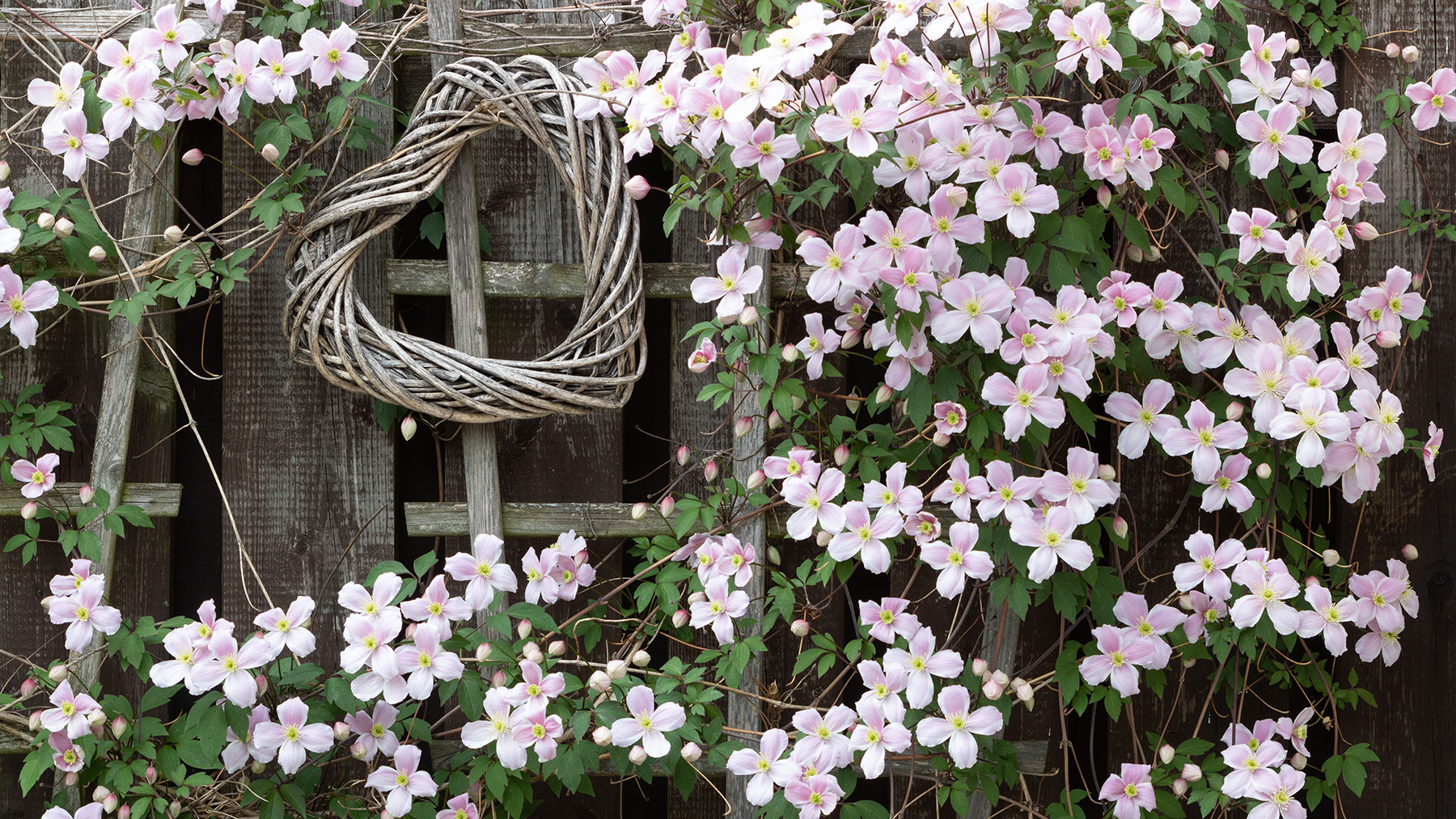
June is the month to get outside and enjoy the hard work you’ve put into your yard. But as all gardeners know, there’s never time to get complacent. Once you’ve had time to appreciate the new growth and beautiful fresh blooms during the first half of the year, there are a few jobs to complete to ensure they stay in tip-top condition. It’s time to grab hold of your best pruning shears and get to work.
Some plants will benefit from a prune to get them into shape for the months ahead. Pruning is a vital gardening practice that enhances plant health, stimulates new growth, and ensures a vibrant yard. However, not all plants should be pruned in June, as pruning at the wrong time can hinder the plant’s growth and production of fruit and flowers.
By timing your pruning activities correctly, you can maximise the benefits for each plant. Here, with the help of Nigel Lawton, plant buyer at Dobbies’ we take a look at five plants to prune in June.
And while you're busy in the garden this month, here are 5 easy vegetables in grow in pots in June.
1. Herbaceous plants
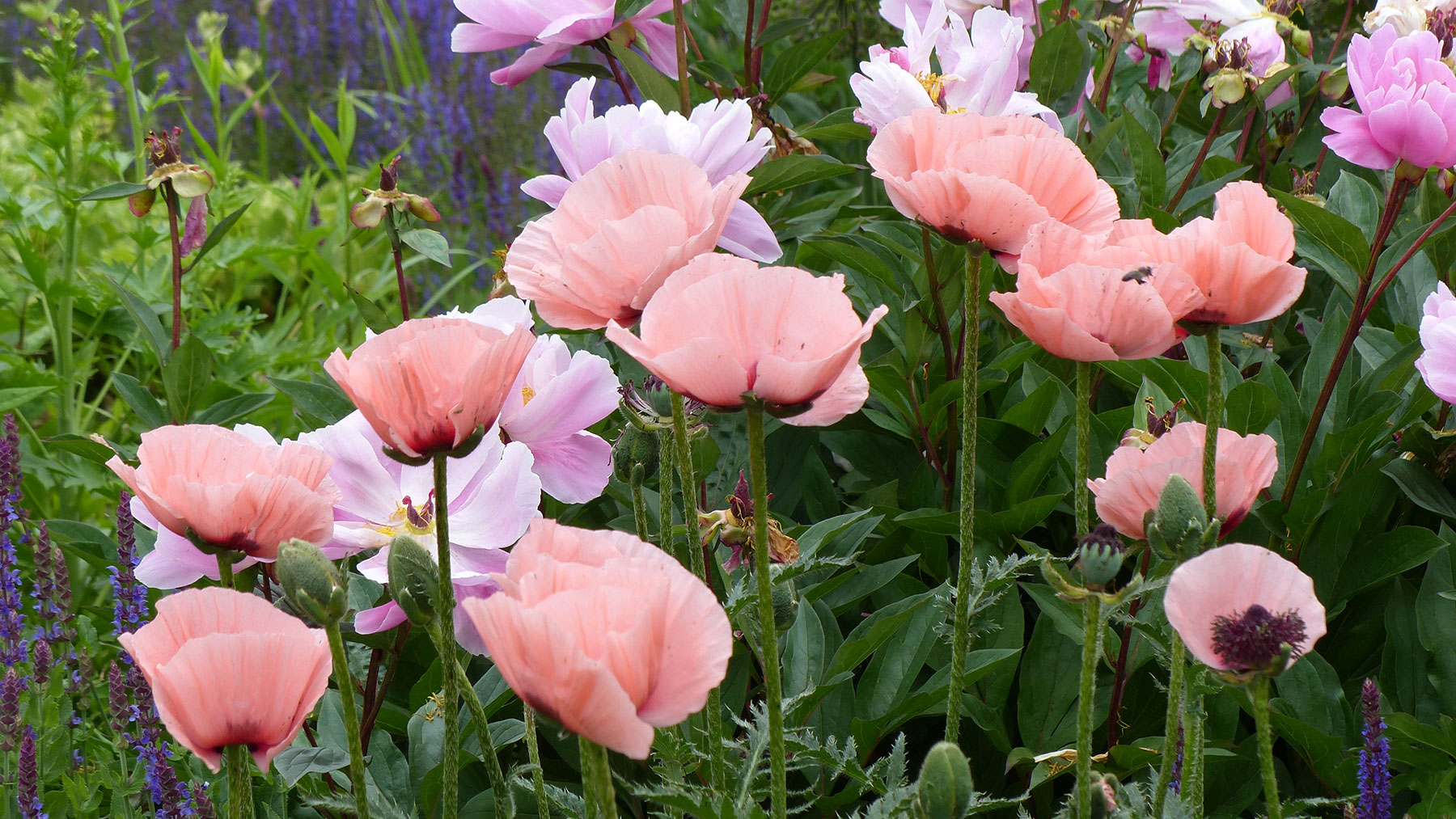
Lawton identifies early-season herbaceous plants like hardy geraniums and oriental poppies as good plants to prune in June. He says, “These should be cut back after flowering to encourage regrowth of tidy, fresh foliage.”
He also has an extra tip for keeping them in good condition: “Hardy geraniums often produce a second, late-season flower display, so to keep them looking their best for longer, mulch well and feed with fertiliser for an extra boost.”
What are herbaceous plants?
Herbaceous plants have flexible stems with no woody parts. They include most annuals, biennials and many perennials.
2. Roses
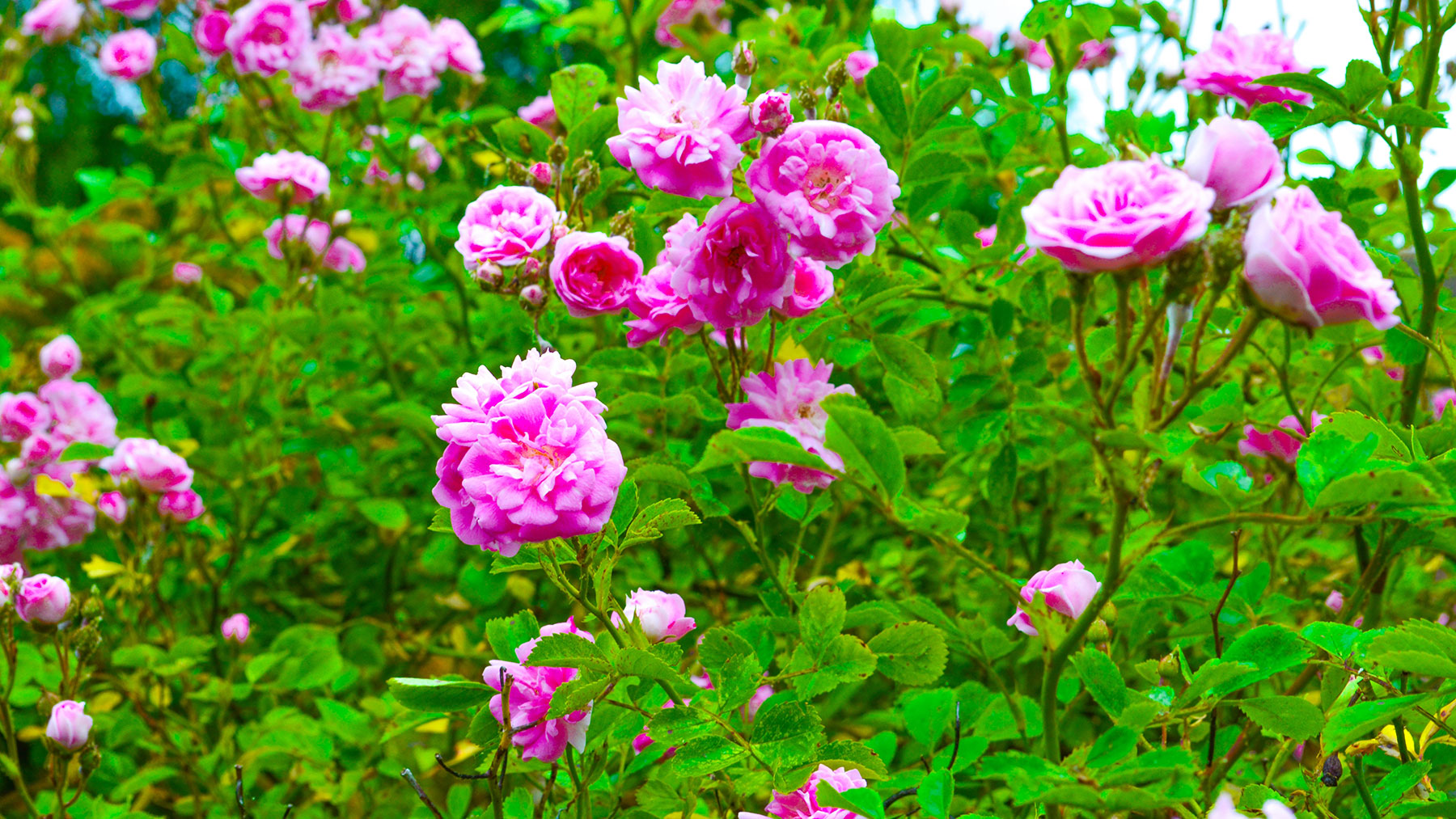
Most roses should be left until they are dormant in winter to be pruned, however some varieties can be pruned after they have finished flowering in June. These are typically rambling roses, but do check your variety before reaching for your pruning shears.
Get instant access to breaking news, the hottest reviews, great deals and helpful tips.
No matter what time of year you prune roses, how you do it stays the same. Cutting back hard will promote the strongest growth, while a lighter prune will result in less vigorous growth.
To ensure your roses continue to flower, Lawton suggests regularly deadheading roses, as it will tidy up the plant and promote healthy growth. “Feeding your roses with a specialist rose fertiliser and adding a layer of mulch will also help support new blooms.”
Apart from pruning your roses, Lawton says, “June is the rose flowering season, which makes a good time to introduce new varieties and colours to your beds and borders to maximise your summer display.”
Fiskars 28" Power-Lever Garden Bypass Lopper: $19.59 @ Amazon
These sharp, precision-ground steel blade loppers are ideal for cutting branches up to 1.75 inches and are suitable for pruning hedges, shrubs and trees. The low-friction blade makes a smooth cut and avoids gumming and enhances rust resistance. The product comes with a lifetime guarantee.
3. Sweet peas
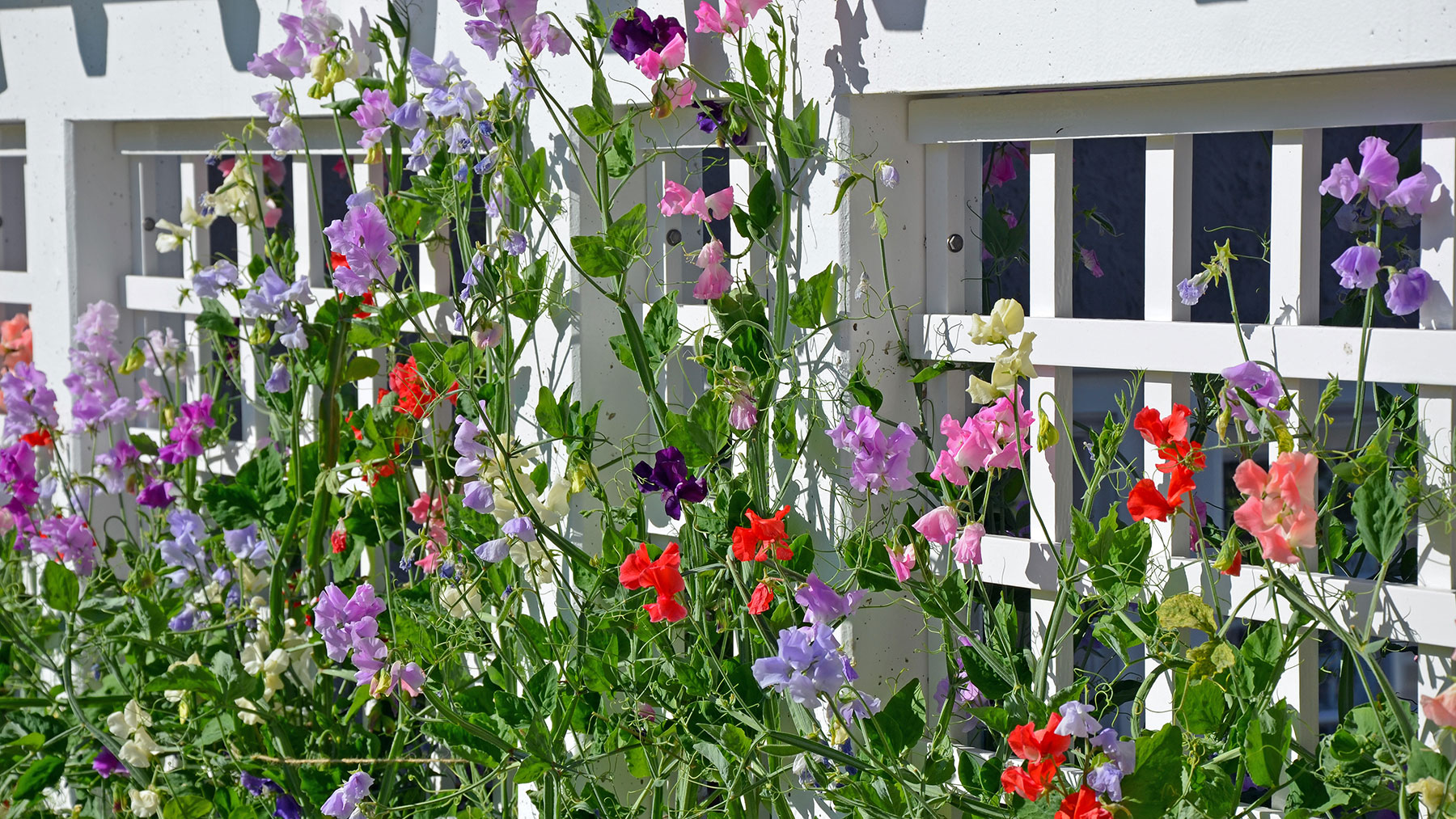
Although often considered old-fashioned, sweet peas are delicate flowers that are still a popular choice with gardeners. Fast-growing, they look stunning climbing up wigwam trellis and they also make a fragrant cut flower.
In June, sweet peas are growing strongly, and Lawton recommends using garden twine to tie in growths to their supports.
“Once established, sweet peas will climb happily by themselves, but it’s important to continue to prune out spent flowers to encourage continuous blooming.”
And if your sweet pea grows too tall, you can prune the top of the main vine just above a shoot or bud.
4. Clematis Montana
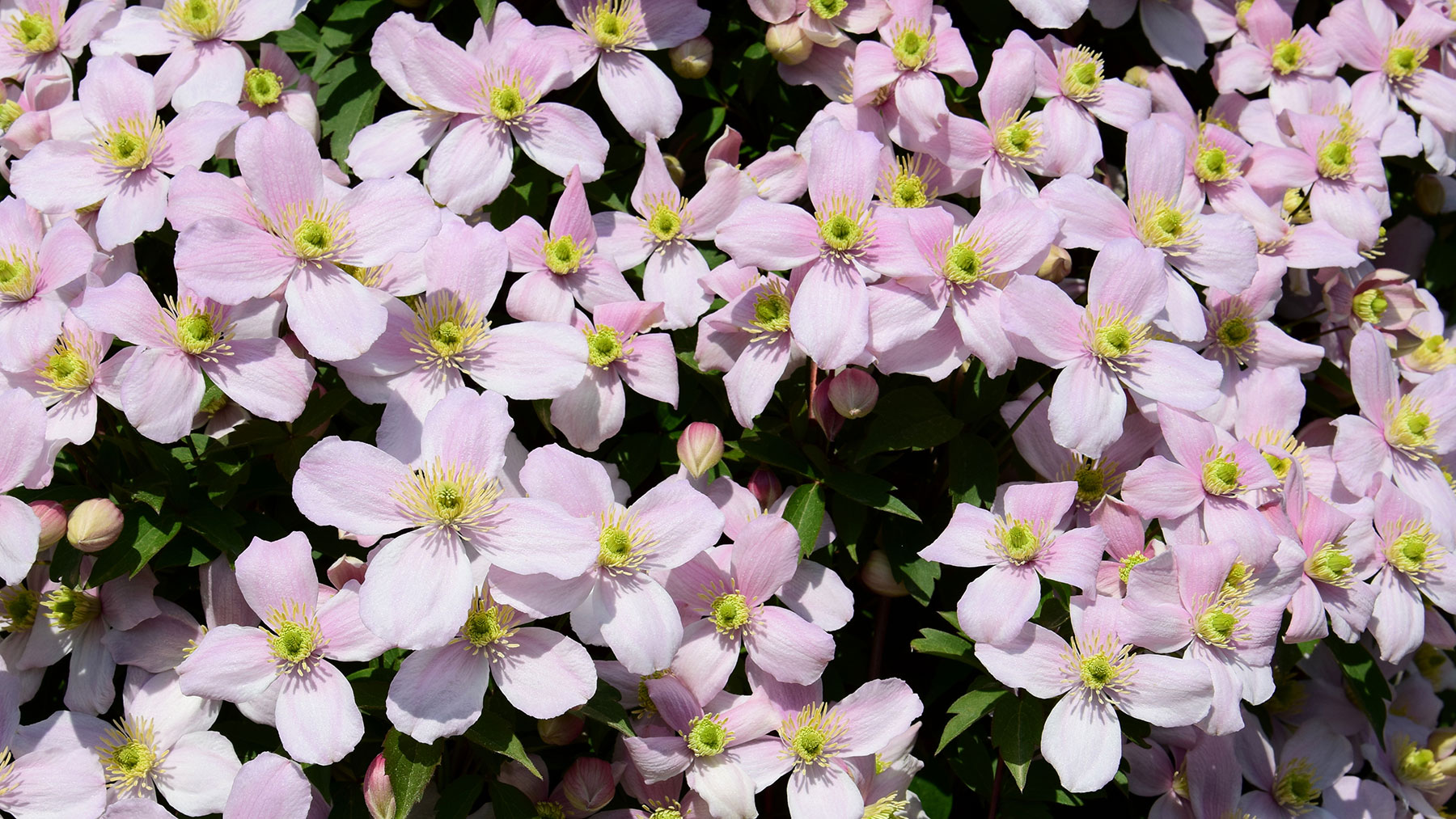
Clematis Montana is easy to grow and a friend to all gardeners. For this reason, it’s definitely one plant I’d recommend to nervous, novice gardeners who are looking for an attractive climber to cover a wall, fence, or trellis.
Clematis varieties are classified into three groups according to how and when they bloom. Clematis Montana falls into Group 1 and includes all spring bloomers that flower on the previous year’s growth.
Although they don’t necessarily need pruning, Clematis Montana is a vigorous plant, and Lawton suggests pruning it to “control growth and promote better blooming.”
The best time to prune Clematis Montana is after flowering in June to ensure you don’t hinder the flowering cycle. Cut back all long shoots and give it an overall tidy.
5. Rhododendrons
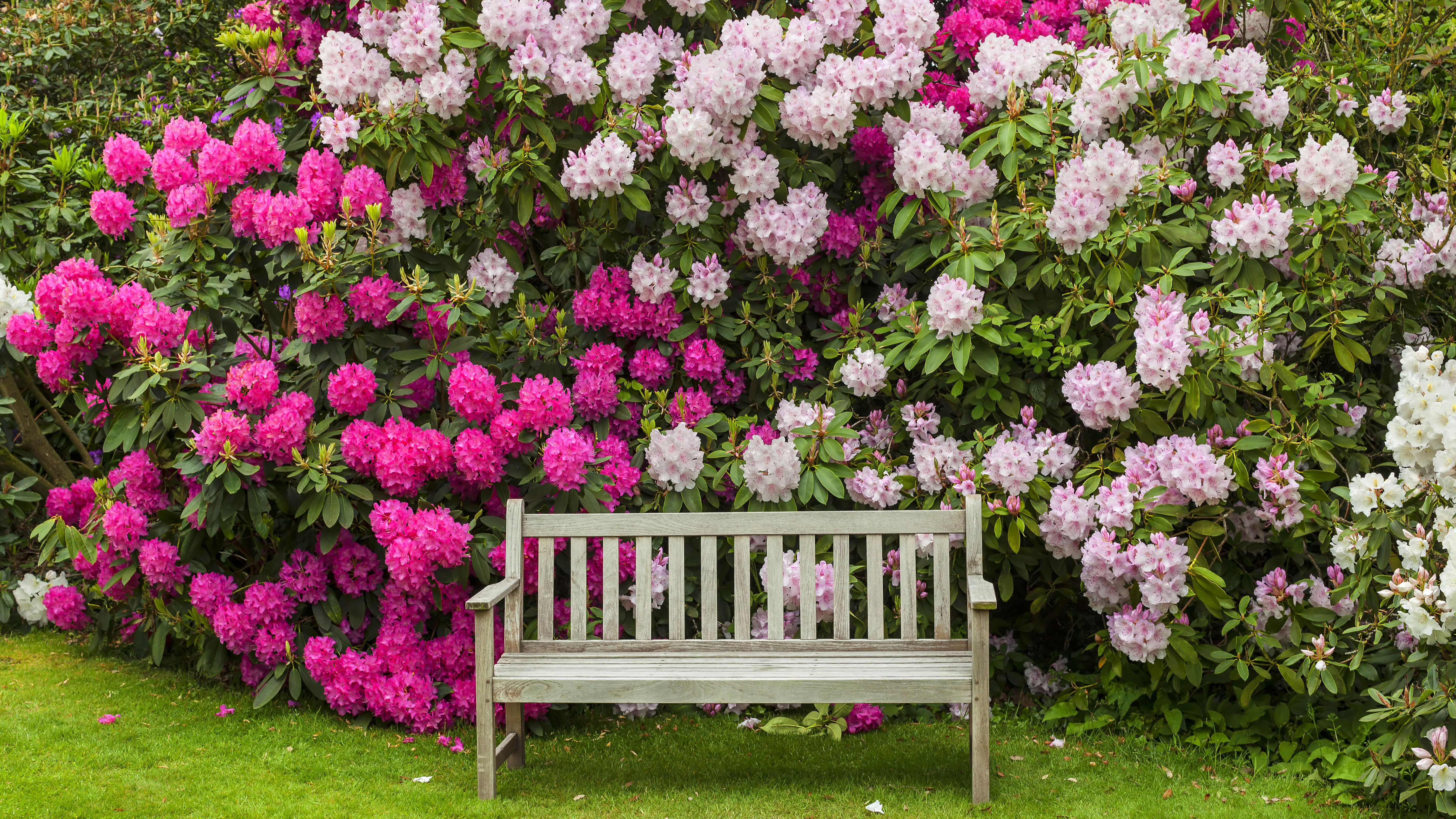
Deadheading your rhododendron blooms will keep the plant looking magnificent with a colorful array of blooms and glossy leaves. It will also encourage the plant to put its energy into new growth. So, keep on top of deadheading spent blooms as it will invigorate the plant.
Although rhododendrons don’t always need pruning, June is a good time if it’s looking untidy. Lawton explains, “Pruning your rhododendrons is particularly important to control the size and shape of the bush, and it is best carried out immediately after flowering. However, it can result in less flowering the following spring. Therefore, tread carefully with the frequency of pruning.”
Tip
Get the best out of your pruning shears and always use a sharp pair of pruners to give a clean, healthy cut to prevent disease.
More from Tom's Guide
- Discover 5 bedding plants to fill your yard with color this June
- And 5 vegetables you can still plant in June
- Plus, 7 pruning mistakes you never knew you were making

Camilla is the Homes Staff Writer and covers everything to do with homes and gardens. She has a wealth of editorial experience, mounting over 30 years, and covers news and features, tests products for reviews and compiles buying guides.
Her work has appeared in business and consumer titles, including Ideal Home, Real Homes, House Beautiful, Homebuilding & Renovation, and Kitchen & Bathroom Business. She’s even appeared on the cover of Your Home, writing about her own house renovation.
Although she’s obsessed with decorating her home, she also enjoys baking and trying out the latest kitchen appliances. But when she’s not inside, you’ll find her pottering about in her yard, tending to her vegetable patch or taking in her prized hydrangeas.

